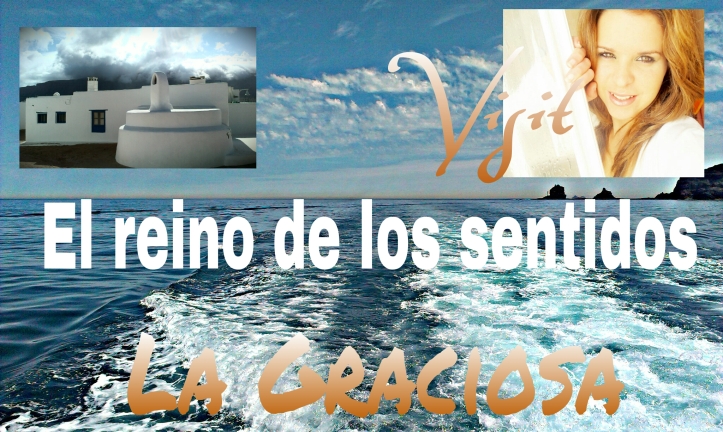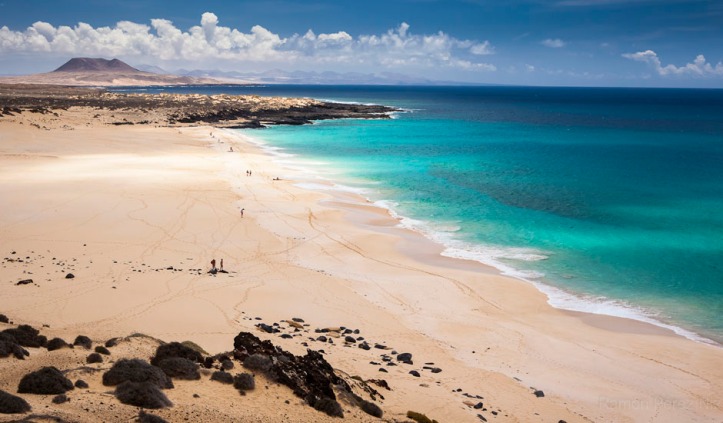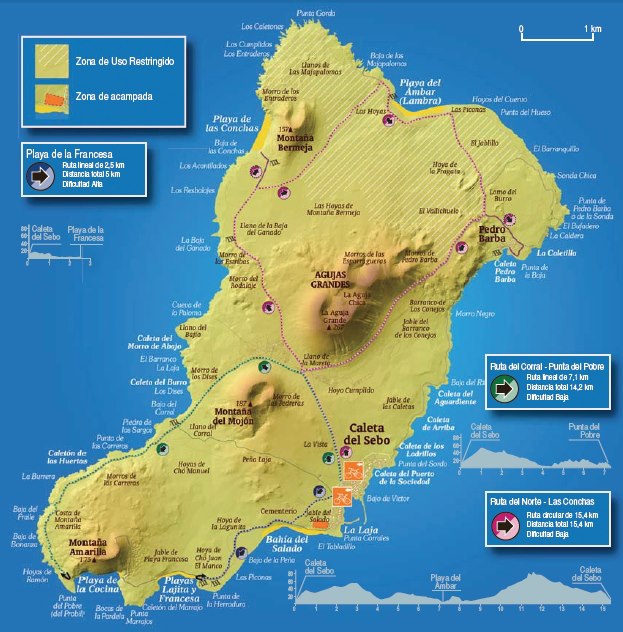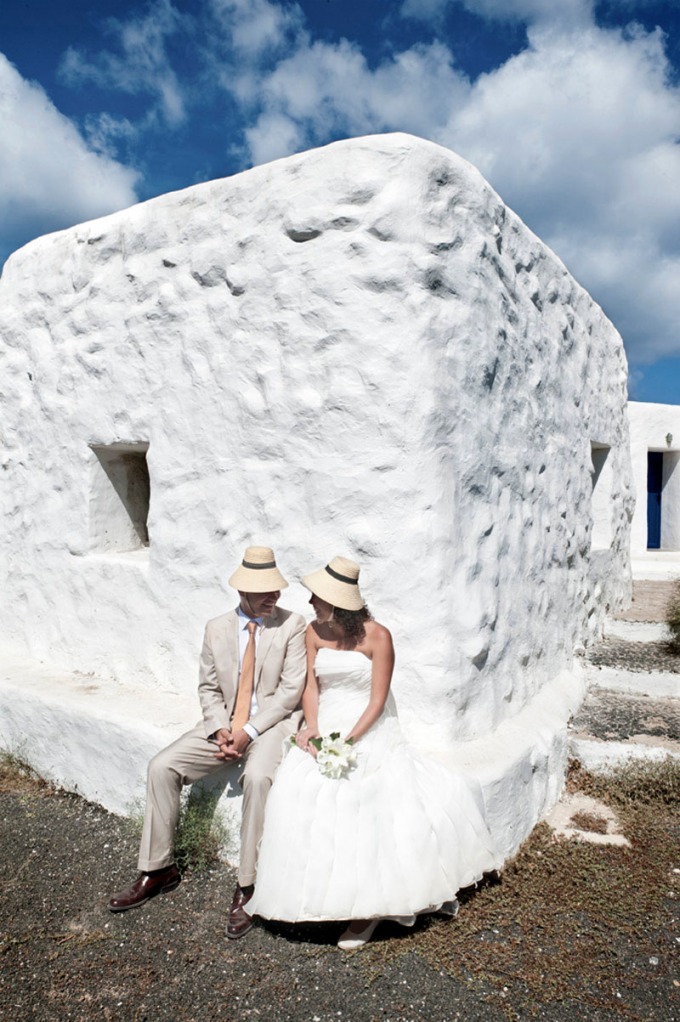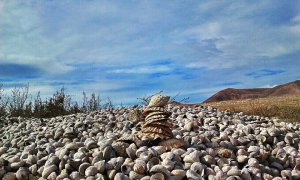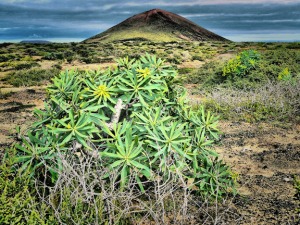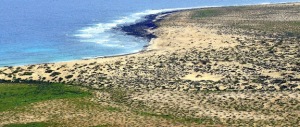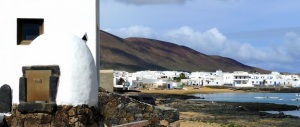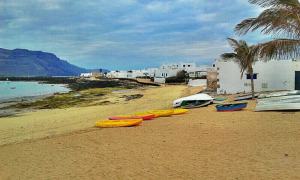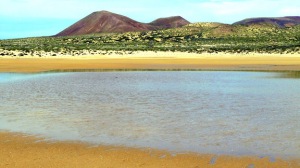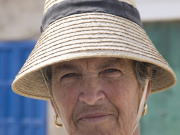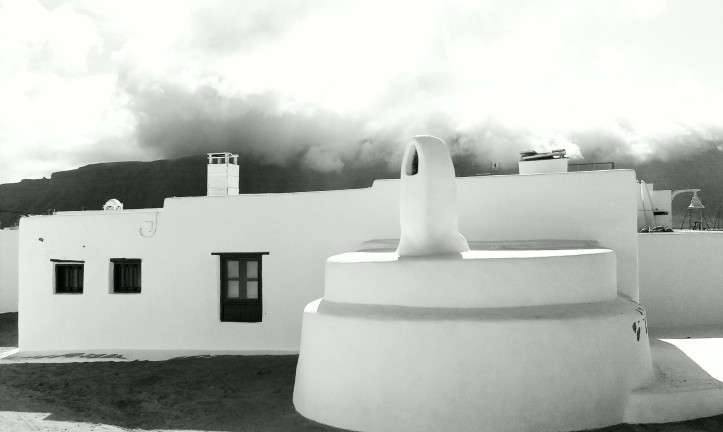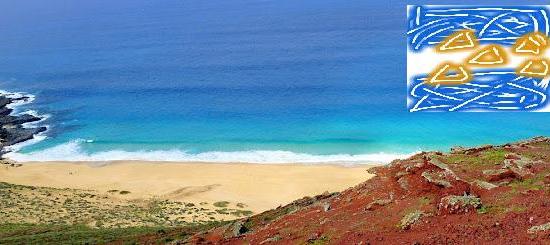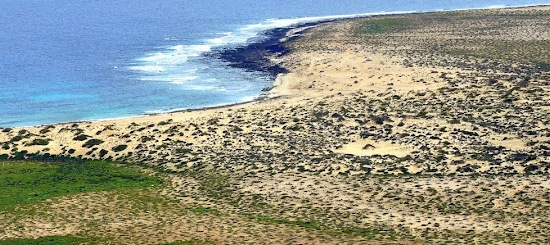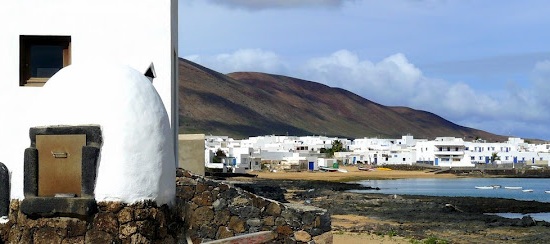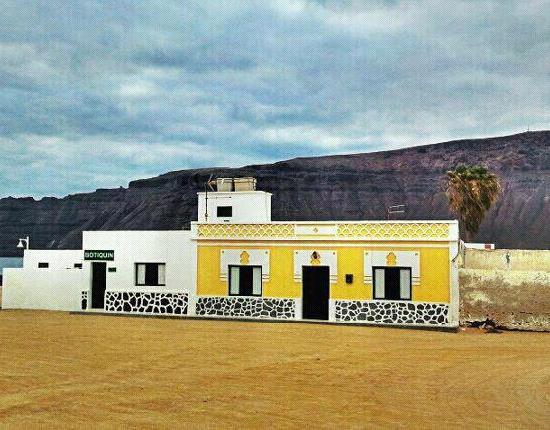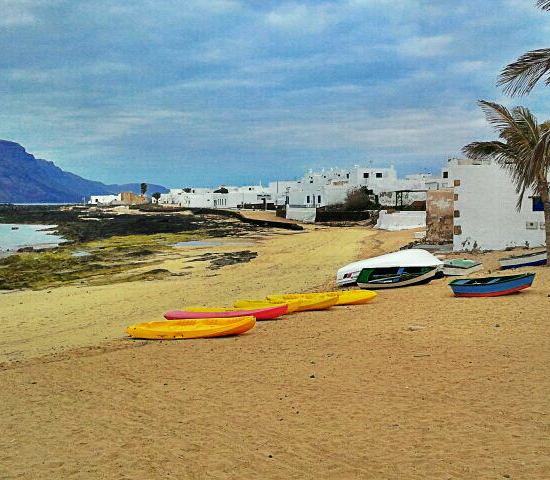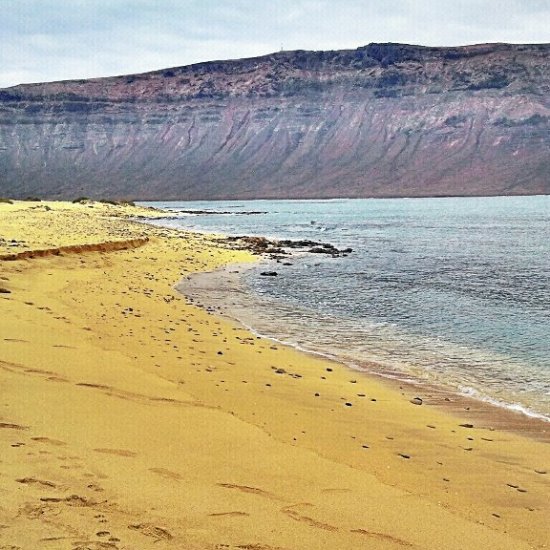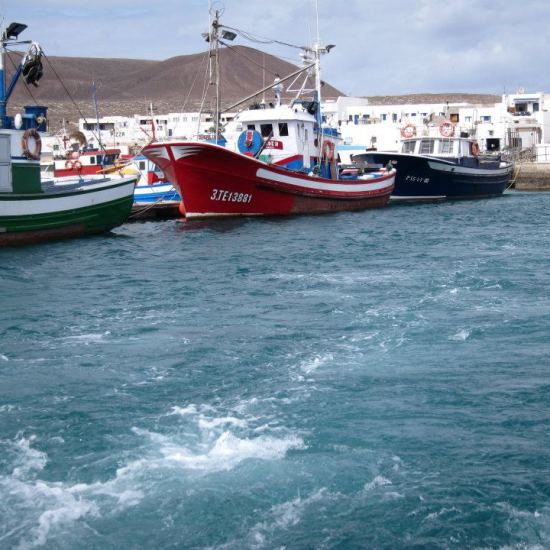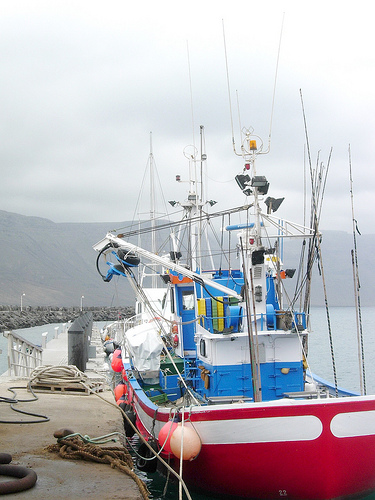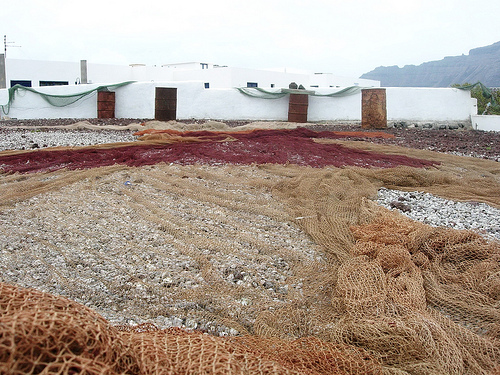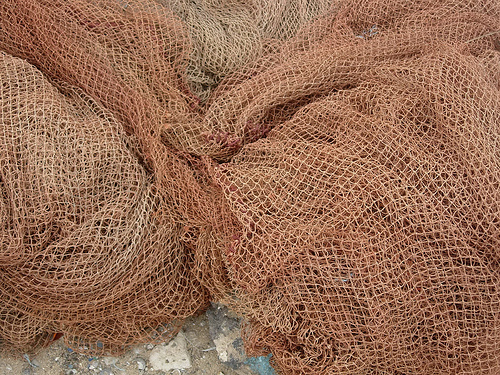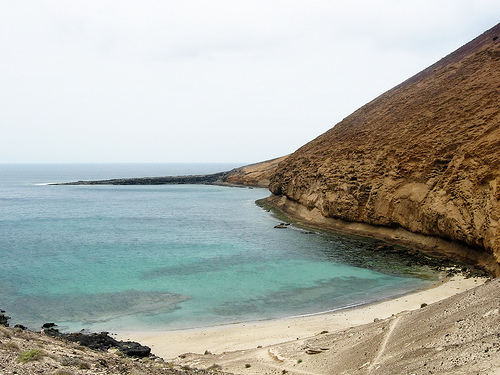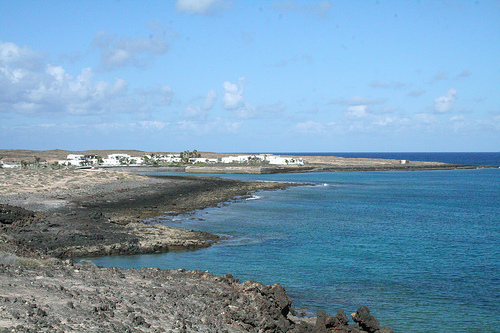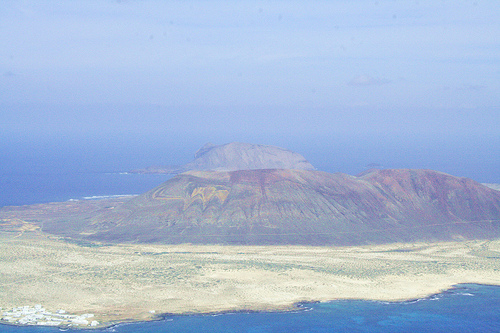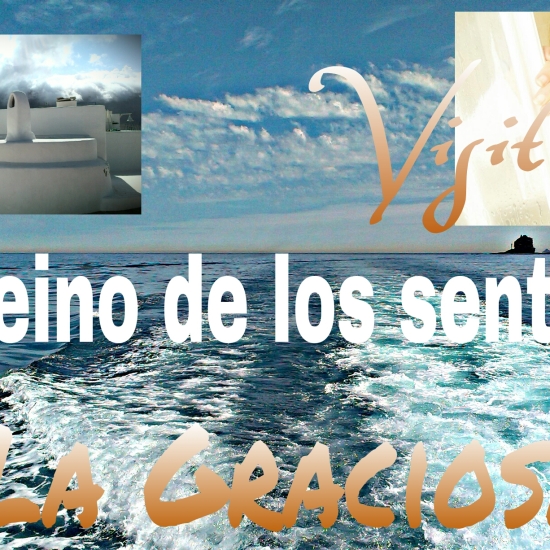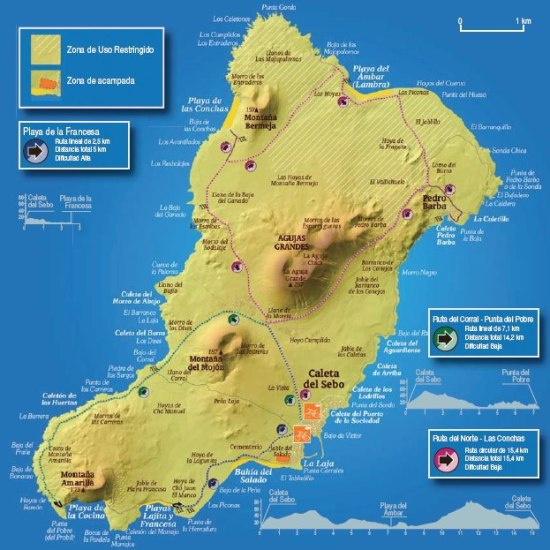ISLA DE LA GRACIOSA Y ARCHIPIÉLAGO CHINIJO
ISLAND LA GRACIOSA – CANARY ISLANDS – SPAIN
The island of La Graciosa and the four other islands of the Chinijo Archipelago (Alegranza, Montaña Clara, Roque del Este and Roque del Oeste) extend above the northern end of Lanzarote.
La Graciosa, the only inhabited island of the group is separated from the main island by a narrow 2 kilometre strait known locally as El Rio and Alegranza – the most distant of the archipelago – is 19 kilometres further north. Of volcanic origins, the islands are surrounded by seas which teem with fish drawn by the upwelling of the nutrient rich cool Canary current here.
This richness in the biodiversity of flora and fauna means that the islands and the waters around the northern tip of Lanzarote have been grouped into the Parque Natural del Archipiélago Chinijo, (Marine Reserve of La Graciosa and the islands to the north of Lanzarote).
The area was designated in 1994, and at nearly 100 sq kilometres is one the largest such protected area in Spanish waters.
Many species of fish can be found in the clear waters of the Reserve, from pilot whales and dolphins to hammerhead shark, blue fin tuna and sail fish.
The proximity to the African coast, (Morocco is 100 kilometres to the east) means that the islands of the archipelago are on bird migration routes and have an unusually high variety of species, both visiting and resident. Sea eagles are nesting on Alegranza and shearwaters, once a prized delicacy for local people, are regular visitors, breeding in their thousands on the steep cliffs.
Both Montaña Clara and Alegranza are in private ownership and permission to visit has to be obtained from both owners and the authorities of the Marine Reserve, usually only granted for scientific purposes. Today, fishing is carefully controlled in the areas around La Graciosa and Alegranza, and a no-take zone declared around the tiny Roque del Este. However, the clear seas around the islands offer some of the best diving to be had on the whole of Lanzarote, and there are many dive spots in the reserve. Dive boats leave from the northern port of Orzola but permission has to be obtained from the relevant authorities.
La Graciosa is 8 kilometres long and 2 kilometres wide with a population of about 600 who live in the small village of Caleta del Sebo.
Life on the island until the 1960s was hard, with no electricity or water and islanders regularly travelled to Lanzarote by small boat to climb the steep cliffs of Famara laden with baskets of dried fish and salt to barter for vegetables. The island is served by regular ferries bringing tourists to sample the tranquil unchanged atmosphere of La Graciosa.
The older residents, often wearing the distinctive low brimmed straw hat are proud of their past and will tell visitors of the days when they laboriously climbed the steep cliffs carrying loads which weighed up to 30 kilos.
A standing joke is that if a day in Lanzarote lasts 24 hours, on La Graciosa, thanks to the slow pace of life, it seems to be twice as long.
